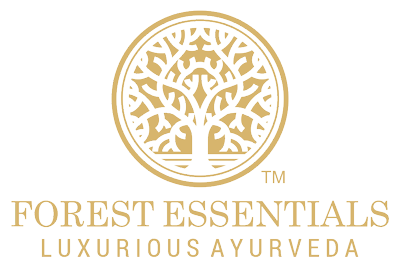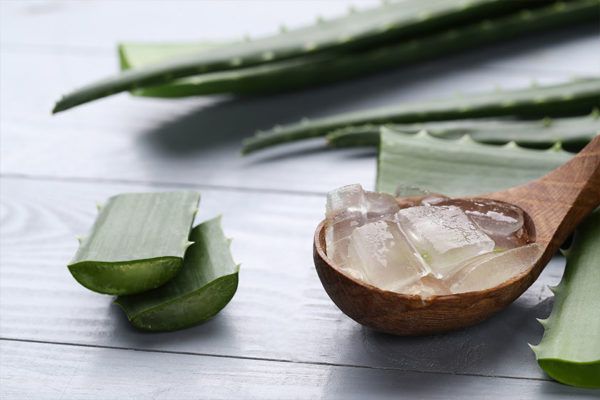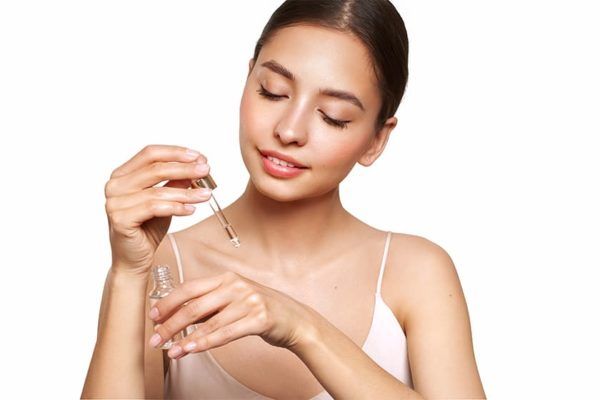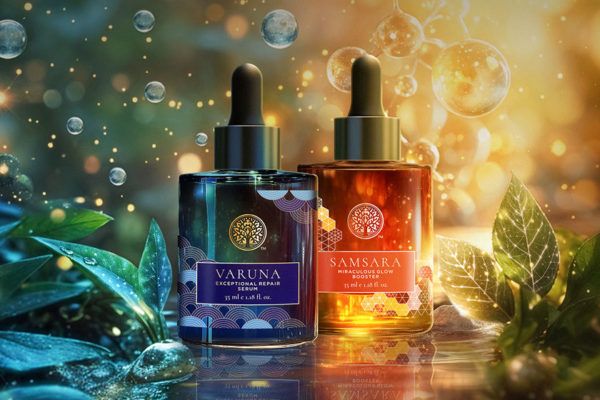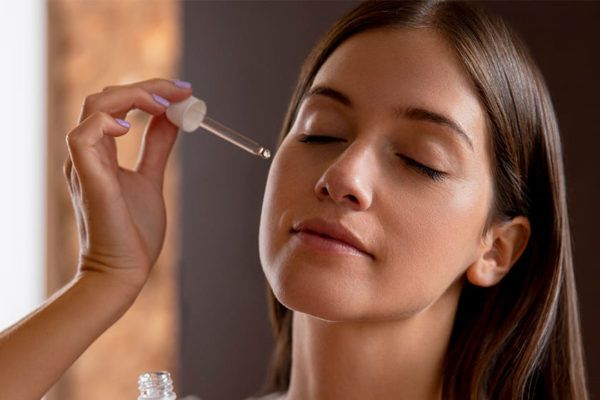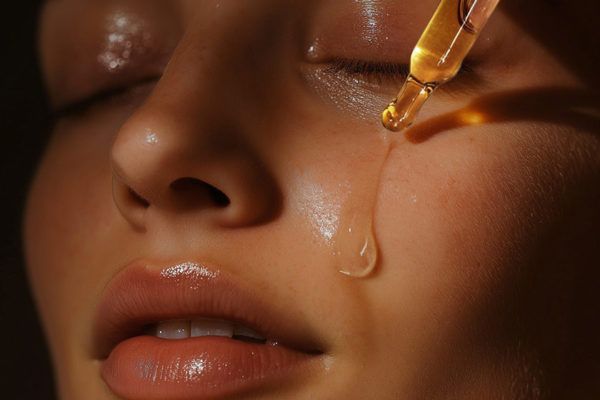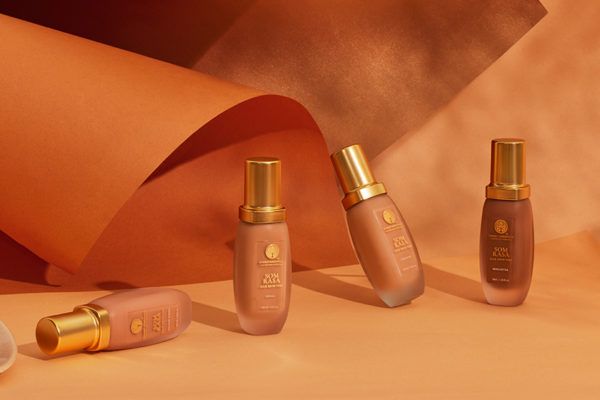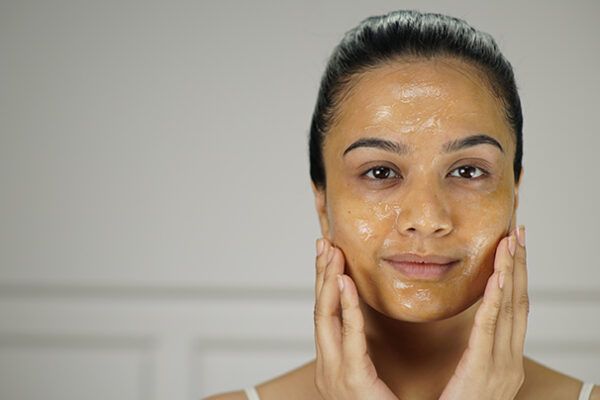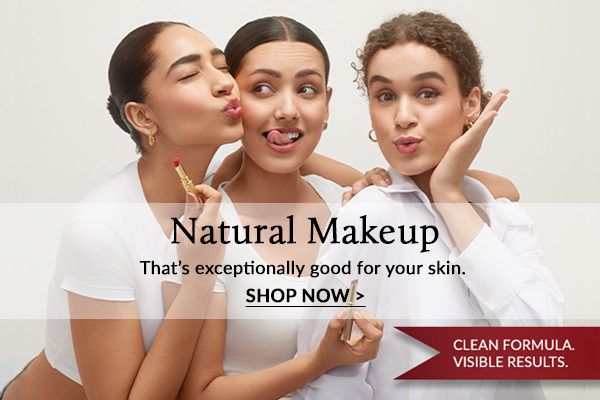When it comes to sun protection, terms like SPF and PA ratings are often seen on sunscreen labels, but understanding what they mean is essential for selecting the right product for your skin. Most people are familiar with SPF (Sun Protection Factor), which measures protection against UVB rays. However, the PA rating, particularly PA+++, is less commonly understood but just as important when choosing effective sun protection. In this blog, we’ll explore PA+++ meaning, why it matters, and how to choose the right sunscreen for your needs.
What Does PA+++ in Sunscreen Mean?
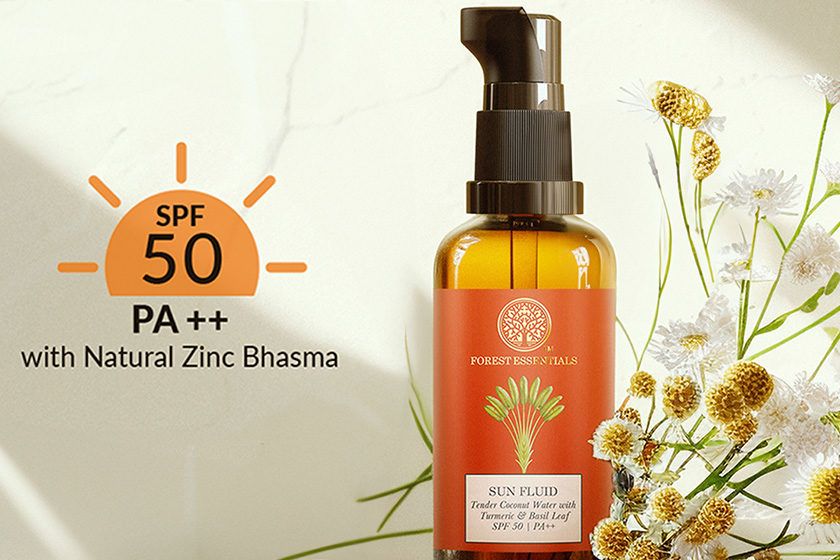

The PA system, which stands for “Protection Grade of UVA,” is a Japanese rating system used to measure a sunscreen’s ability to protect the skin from UVA rays. While SPF only measures protection against UVB rays (which cause sunburn), the PA+++ sunscreen meaning refers to how well the sunscreen protects against UVA rays, which penetrate deep into the skin and contribute to long-term skin damage like wrinkles and ageing.
UVA rays penetrate deeper into the skin than UVB rays and contribute to premature ageing and the risk of skin cancer. Therefore, using sunscreen that offers protection against both UVA and UVB rays is crucial. The PA system is designed to address this, providing consumers with a clear indicator of the level of UVA protection offered by a sunscreen.
The PA rating is indicated by plus signs (e.g., PA+, PA++, PA+++), with more plus signs signifying greater protection. Here’s a breakdown of the PA rating system:
- PA+: Provides some UVA protection, suitable for minimal or short-term sun exposure.
- PA++: Offers moderate UVA protection, ideal for everyday use in environments with regular sun exposure.
- PA+++: Provides high protection from UVA rays, recommended for long periods of sun exposure or for people with sensitive skin prone to photoaging.
- PA++++: The highest level of UVA protection, often found in sunscreens used in regions with intense sun or for those with a high risk of skin damage.
The Importance of PA+++ in Sunscreen
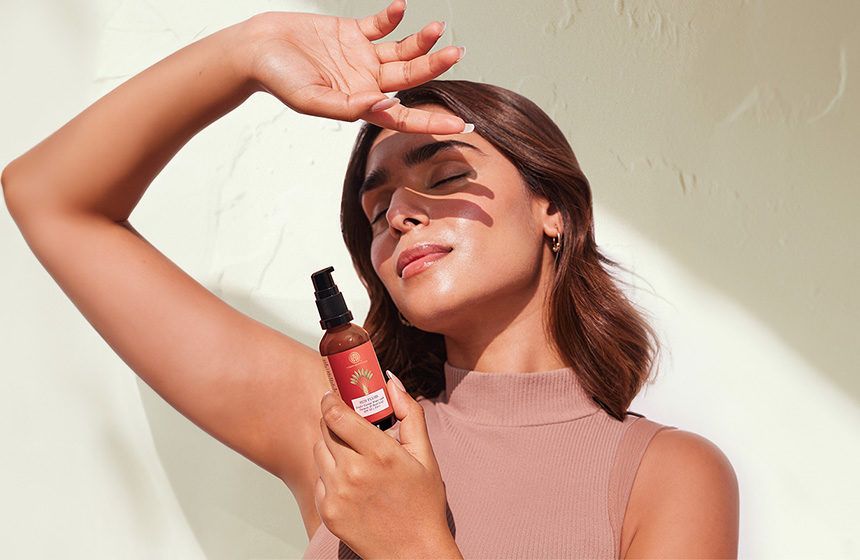

Now that you understand the basics of the PA rating system, it’s clear why PA +++ sunscreen meaning is significant. When you see “PA +++” on a sunscreen label, it means the product provides high UVA protection. This is essential because while UVB rays are more immediately damaging (leading to sunburn), UVA rays penetrate deeper into the skin, accelerating the ageing process and increasing the risk of skin cancer.
Using a sunscreen with a PA +++ rating helps to ensure comprehensive protection against UVA rays. This is especially important if you’re concerned about premature skin ageing, hyperpigmentation, or if you have sensitive skin that is more vulnerable to sun-induced damage.
How Does PA+++ Differ from SPF?
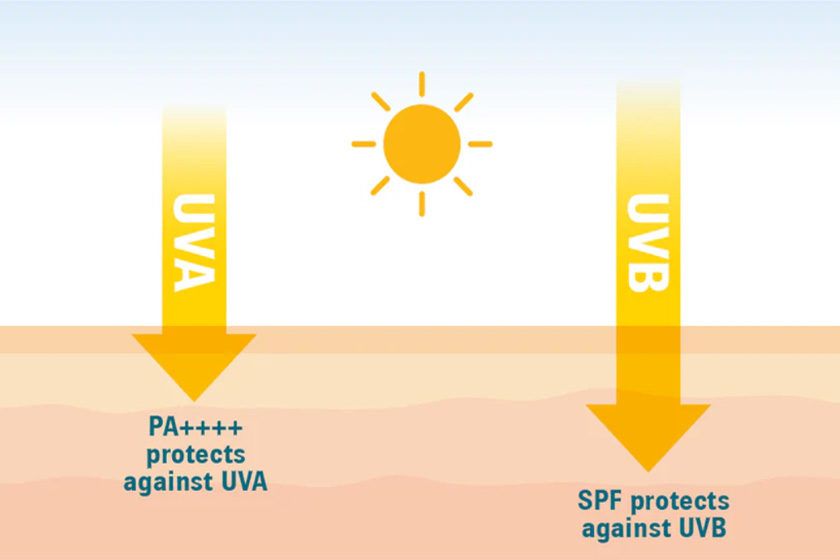
While PA focuses on UVA protection, SPF (Sun Protection Factor) measures a sunscreen’s ability to protect against UVB rays. Both UVA and UVB rays are harmful, but they affect the skin in different ways. UVB rays cause visible sunburn and damage to the outer layer of the skin, whereas UVA rays penetrate deeper, leading to long-term issues like wrinkles, sagging, and the breakdown of collagen.
For this reason, it’s crucial to choose sunscreens that provide both UVA and UVB protection. A product with a high SPF and a PA +++ rating ensures that you’re getting the best of both worlds—protection from burning and protection from ageing.
What Does SPF 25 PA+++ Mean?
When you see a sunscreen labelled SPF 25 PA +++, this means it offers moderate protection from UVB rays (blocking about 96% of UVB rays) while also providing high protection from UVA rays. This combination is suitable for everyday use, particularly for people who spend short periods outdoors or in environments with regular but not extreme sun exposure.
This level of protection is great for casual sun exposure, like commuting or running errands, but if you’re spending an extended period outside, you may need a higher SPF.
What Does SPF 30 PA+++ Mean?
An SPF 30 PA +++ sunscreen means it provides moderate to high protection against both UVB and UVA rays. SPF 30 blocks about 97% of UVB rays, while the PA +++ rating ensures robust protection from UVA radiation. This combination is ideal for people who spend a lot of time outdoors or live in areas with significant sun exposure.
This level of sunscreen is recommended for those who want solid protection without the thickness that often accompanies higher-SPF formulas. It’s particularly suitable for daily use in environments where UV intensity is moderate, making it a versatile option for people concerned about both burning and premature ageing.
What Does SPF 50 PA+++ Mean?
When a product is labelled SPF 50 PA +++, it offers high protection from both UVB and UVA rays. SPF 50 blocks approximately 98% of UVB rays, which significantly reduces the risk of sunburn. The PA +++ rating ensures that the product provides strong protection from UVA rays, making it a powerful option for extended outdoor activities or for those with particularly sensitive or fair skin.
SPF 50 PA +++ sunscreens are particularly effective for people who are at risk of sun damage or are spending long hours in the sun. This level of protection is often recommended for beach outings, hiking, or any outdoor activity where sun exposure is prolonged and intense.
Why UVA Protection is Critical
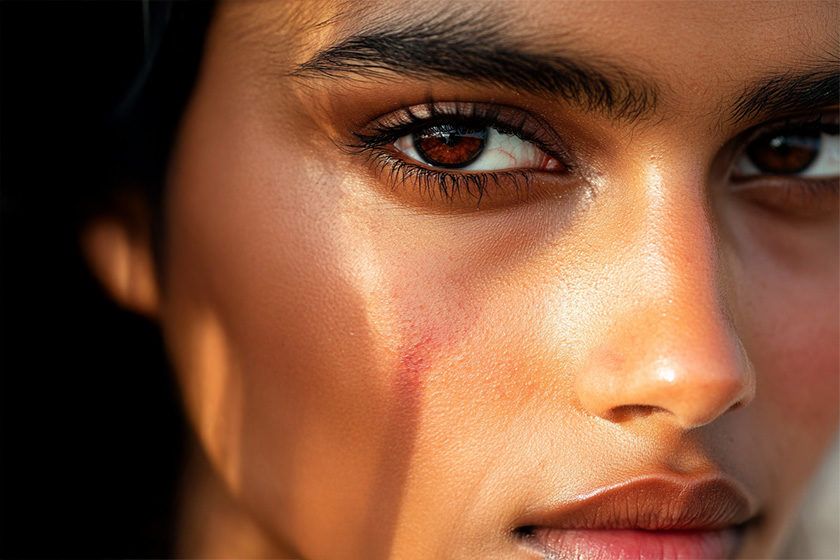
Understanding UVA protection is crucial because UVA rays are more abundant than UVB rays, making up about 95% of the ultraviolet radiation that reaches the earth. Unlike UVB rays, which are more intense at midday, UVA rays are present throughout the day and can even penetrate clouds and glass. This means you’re exposed to UVA radiation even when it’s cloudy or when you’re indoors near windows.
Long-term exposure to UVA rays without adequate protection can lead to:
- Premature skin ageing: Fine lines, wrinkles, and sagging skin are accelerated by UVA radiation, which breaks down collagen and elastin.
- Hyperpigmentation: Dark spots and uneven skin tone can develop due to UVA-induced skin damage.
- Increased skin cancer risk: Both UVA and UVB rays contribute to the development of skin cancer, making broad-spectrum protection essential.
How to Choose the Right PA Rating Sunscreen
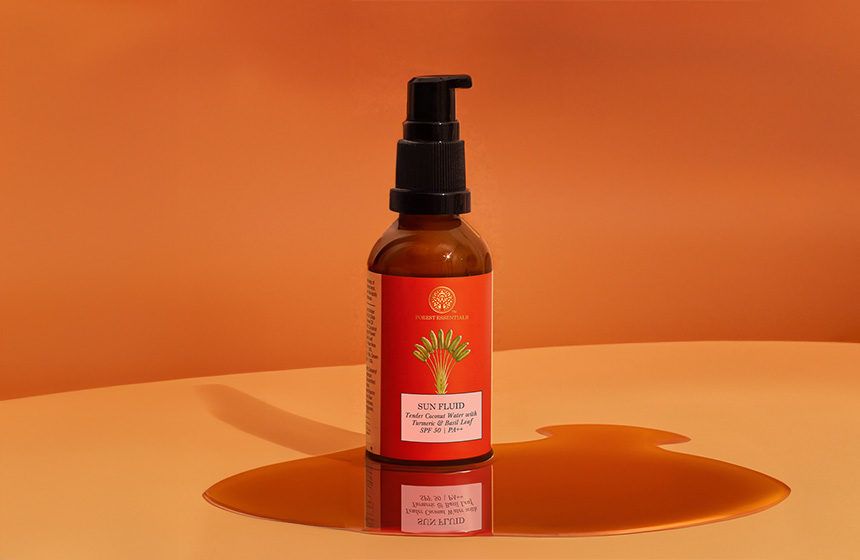

When selecting a sunscreen, it’s essential to consider your skin type, lifestyle, and how long you’ll be exposed to the sun. For daily use, particularly if you spend time outside during peak sunlight hours, a sunscreen with a PA+++ rating is a great choice.
If you have sensitive skin, look for mineral-based sunscreens that use ingredients like zinc oxide or titanium dioxide, which are less likely to irritate the skin. These ingredients physically block UV radiation and are often used in high-quality sunscreens with both high SPF and PA+++ ratings.
Here are a few tips for selecting the right sunscreen:
- For daily use: Choose a sunscreen with at least PA++ to protect against both UVB and UVA rays during everyday activities. The Forest Essentials’ Sun Fluid SPF 50 | PA++ is a good choice as it offers broad-spectrum sun protection with additional skin benefits.
- For outdoor activities: Opt for PA+++ for prolonged sun exposure, such as hiking, swimming, or spending time at the beach.
- For sensitive skin: Look for sunscreens with mineral-based ingredients like zinc oxide, which are gentler on sensitive skin while still offering robust protection.
Conclusion
In summary, understanding the PA+++ meaning can help you make better choices for your skin. The PA+++ rating in sunscreens signifies high protection from harmful UVA rays, making it a vital consideration for anyone looking to prevent premature ageing, sun damage, and long-term skin concerns. Paired with a suitable SPF rating, a sunscreen with PA+++ ensures broad-spectrum protection, shielding your skin from both UVB-induced burns and UVA-related ageing.
FAQs
- What does SPF 50 PA++++ mean?
SPF 50 blocks 98% of UVB rays, while PA++++ offers the highest level of UVA protection, ideal for extended sun exposure. - Which is better, PA+++ or PA++++?
PA++++ provides stronger UVA protection than PA+++, making it better for intense sun or sensitive skin. - How much PA is good in sunscreen?
PA+++ is sufficient for most daily activities. However, PA++++ is recommended for longer outdoor exposure or if you’re prone to skin damage. - Does PA++++ prevent tan?
PA++++ reduces UVA-induced tanning, but no sunscreen can completely prevent tanning. Regular reapplication is key for best protection.
References
https://www.vogue.in/beauty/content/sunscreen-label-terms-everything-you-need-to-know-about-sun-protection#:~:text=PA%2B,Broad%20spectrumhttps://www.vinmec.com/eng/article/how-many-levels-of-pa-in-sunscreen-meaning-of-pa-en
